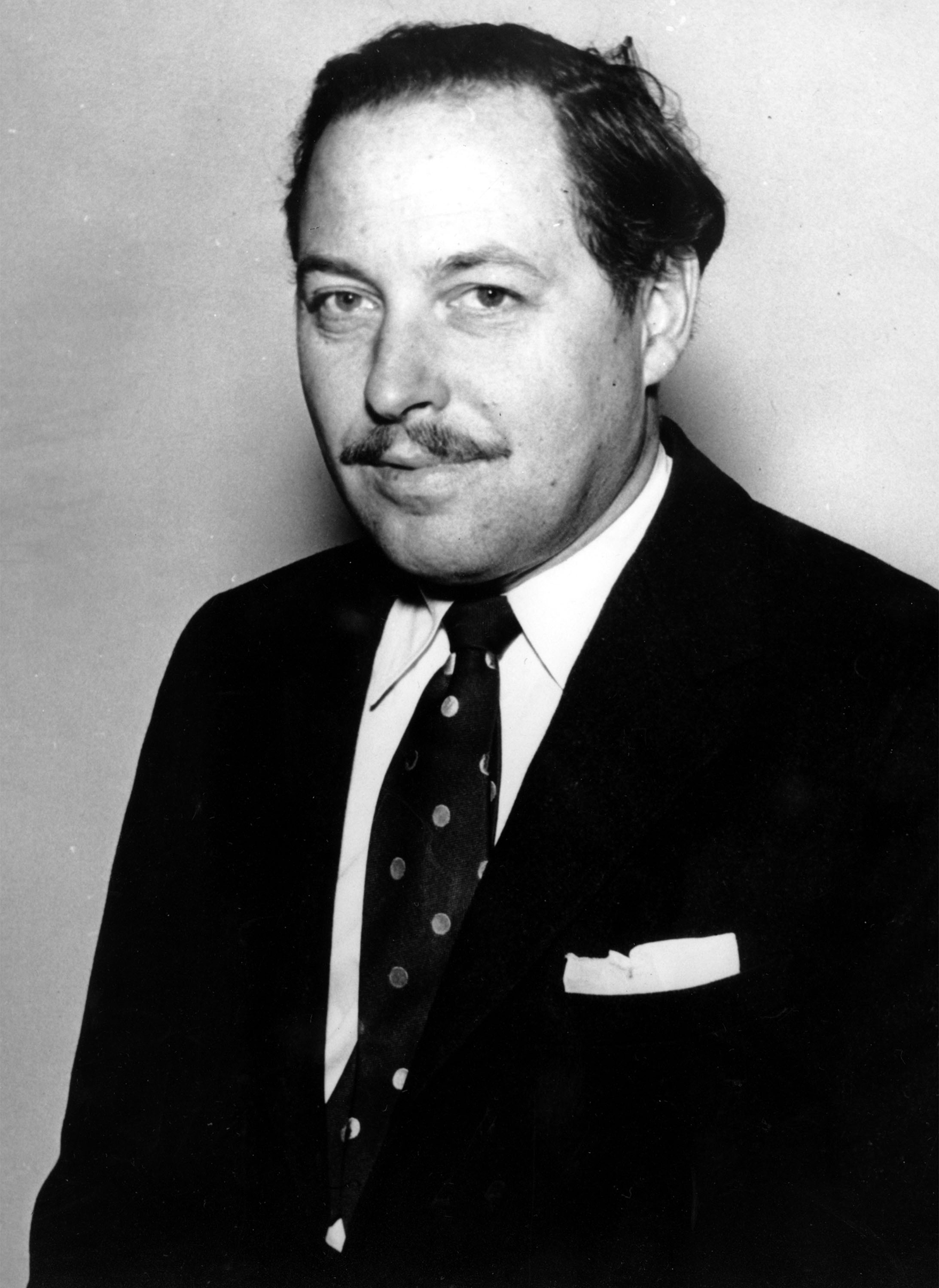Glass Menagerie, The, is a play by the American dramatist Tennessee Williams that was his first critical and commercial success. It opened in Chicago in 1944 and on Broadway in 1945, and immediately established Williams as a major figure in American drama.

The Glass Menagerie is a tender, poetic, autobiographical play that Williams based on members of his own family. The action is set in a dingy tenement apartment in St. Louis, Missouri, during the late 1930’s. The central characters are Laura Wingfield, a disabled and painfully shy young woman, and Amanda, her mother. Amanda struggles to keep her impoverished family together as she recalls her days of popularity as a young belle in the South.
The play is narrated by Amanda’s son, Tom, who represents the author. Tom recounts events in the play through his memories of his family. Tom is restless and eager to break away from his dull job in a shoe factory and the demands of earning a living for himself and his family. Laura has retreated into a fantasy world of her collection of small glass animals, the “glass menagerie” of the title.
The climax of the play is a visit from a “gentleman caller,” a friend of Tom’s. Amanda desperately hopes that the visitor would be a suitor for Laura, but the young man turns out to be already engaged to be married. By the end of the play, we learn that Tom later abandoned his mother and sister to seek a new life as a sailor on commercial ships.
The original production was a triumph for American actress Laurette Taylor, who played Amanda. Julie Haydon also won praise as the fragile Laura. Eddie Dowling played Tom, and Anthony Ross was Jim, the “gentleman caller.”
The play was filmed twice, in 1950 and 1987. The first version starred Jane Wyman as Laura, Gertrude Lawrence as Amanda, and Kirk Douglas as Tom. The second version starred Karen Allen as Laura, Joanne Woodward as Amanda, and John Malkovich as Tom.
